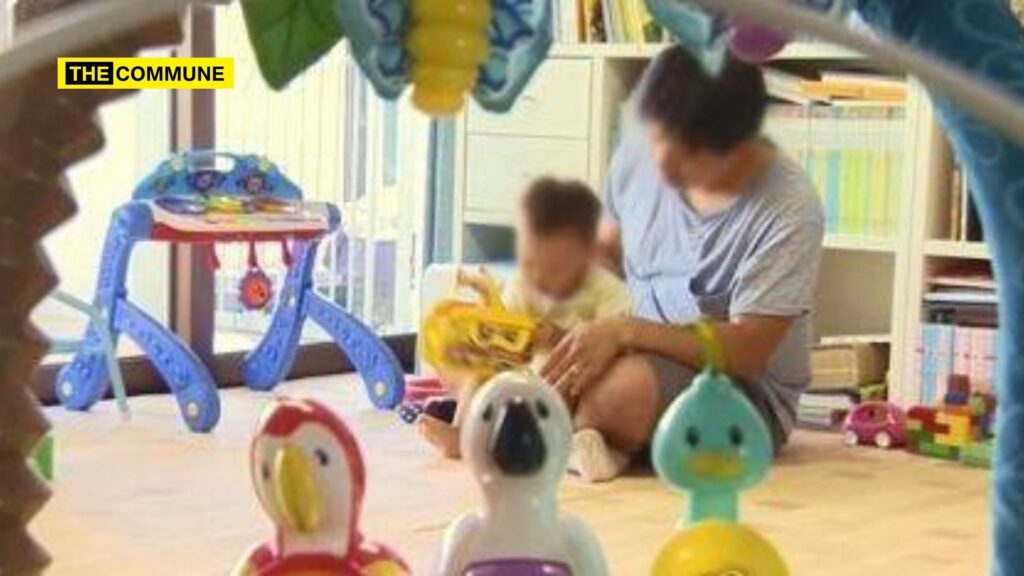Data showed on Wednesday that the number of South Korean workers taking parental leave fell for the first time in 2023, reflecting a broader decline in marriages and childbirths.
According to data compiled by Statistics Korea, 195,986 workers took or began to take time off from work to care for their children last year, down 3 percent from a year earlier, Yonhap news agency reported.
It marked the first annual fall since the agency began compiling relevant data in 2010. The figures had shown consistent growth, supported by government initiatives. Under South Korean law, parents of children aged 8 years or younger, or those in the second grade of elementary school or below, are eligible for up to one year of maternity or paternity leave.
The government provides financial assistance to employment insurance subscribers who take parental leave to address the nation’s prolonged ultra-low birthrate. In 2023, the country’s total fertility rate — indicating the average number of children a woman is expected to have in her lifetime — dropped to 0.72, marking the lowest level since 1970, according to earlier data from Statistics Korea.
According to separate data, the number of newly married couples in South Korea reached 974,000 in 2023, down from 1.03 million the previous year. Women accounted for 75.3 per cent of all workers who took parental leave last year, with the number of women taking maternity leave slipping by 1.4 per cent from the previous year.
The number of male workers taking parental leave dropped 7.5 per cent year over year to 50,455. The decline comes after the figure surpassed the 50,000 mark for the first time in 2022, following years of gradual growth.
By age, women aged 30-34 accounted for the biggest portion of all mothers who took maternity leave, at 41.3 percent, followed by those aged 35-39 at 33.5 percent. Among male workers, those aged 35-39 accounted for the largest portion, 38.2 percent, followed by those in their 40s at 35.7 percent.
The agency noted the average age of parents taking parental leave has gradually increased, reflecting a trend of delayed marriage and childbirth. Of the male workers who took leave, 70% were affiliated with companies with 300 or more employees. The proportion came to 58.2 per cent for working mothers.
By industry, employees in the manufacturing sector accounted for 22.4 percent of fathers who took such leave, followed by 20.5 percent in the public administration and defense sector. Among mothers, those working in the public health and welfare segment took up the largest share, 19.4 percent, followed by those in the public administration and defense sector at 14.6 percent and the education service field at 11.8 percent, the data showed.
–IANS
Subscribe to our Telegram, WhatsApp, and Instagram channels and get the best stories of the day delivered to you personally.

